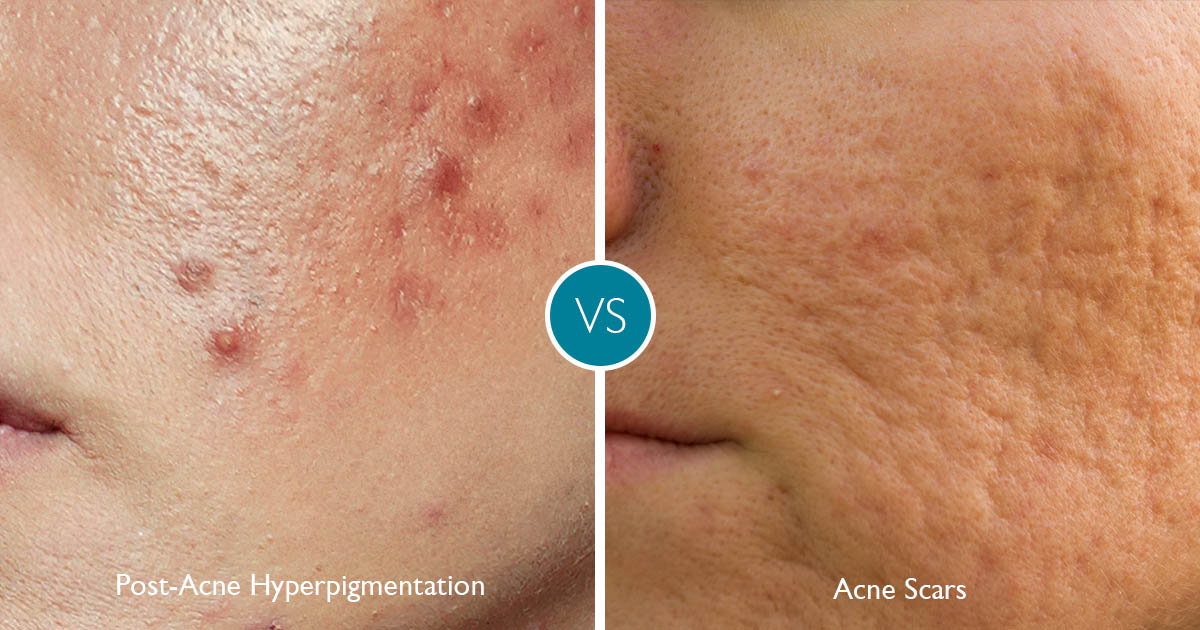Struggling with active acne is incredibly frustrating. Unfortunately, for some people, the battle doesn’t stop once their active acne goes away. Acne scarring and post-acne hyperpigmentation can remain, leaving behind visible marks that are often more difficult to treat than the acne itself. These marks can persist for months or even years, making it feel like the skin is never truly clear, regardless of how much time passes.
It’s easy to confuse post-acne hyperpigmentation with acne scarring, especially since both can result from acne and leave behind long-lasting marks. However, to effectively treat these concerns, it’s crucial to understand the difference between acne scarring and post-acne hyperpigmentation.
In this blog, we’ll break down what each condition looks like, why they occur, and explore the most effective treatment options to help restore your skin’s clarity and texture.
| Acne Scars vs. Hyperpigmentation: Summary Table | ||
|---|---|---|
| Characteristic | Acne Scar | Post-Acne Hyperpigmentation |
| Appearance | Depressions, indentations, or raised areas | Flat dark spots or discoloration |
| Texture Change | Permanent texture change (pitted or raised) | No change in skin texture |
| Duration | Permanent unless treated | Fades over time (weeks to months) |
| Color | Varies (red, brown, or purple depending on skin tone) | Red, pink, brown, or purple depending on skin tone |
| Skin Type Sensitivity | More noticeable in individuals with deeper skin tones | More common in individuals with darker skin tones |
| Treatment Options | Microneedling, laser resurfacing, dermal fillers, subcision, chemical peels | Microneedling, laser resurfacing, dermal fillers, subcision, chemical peels |
What Is Acne Scarring?
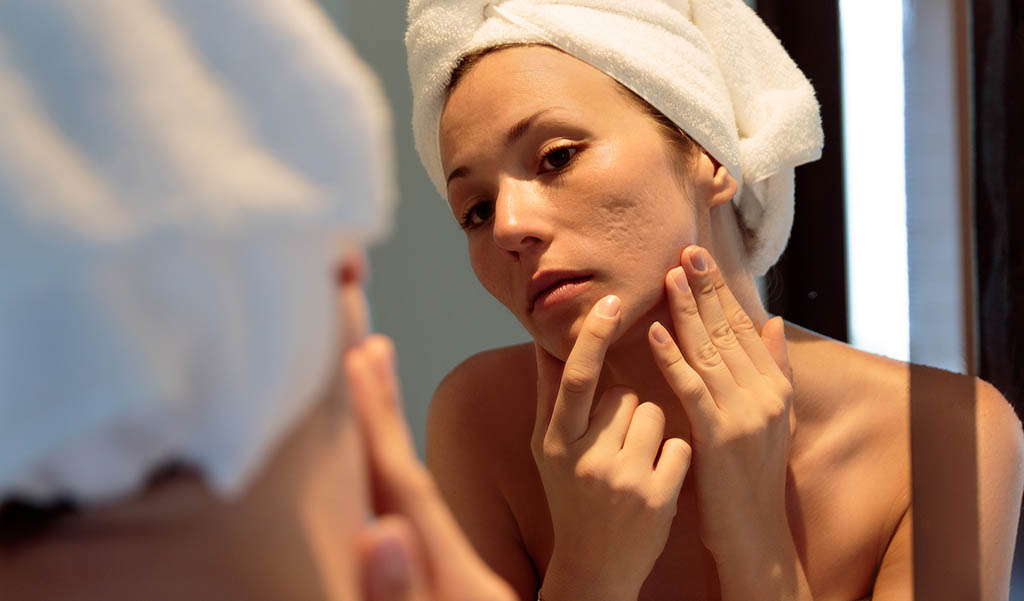
Acne scarring is the result of permanent changes in the skin’s texture caused by the healing of acne lesions. When the skin suffers from acne, the body works to repair the damage, but this repair process doesn’t always result in smooth, even skin.
Instead, it can leave behind visible scars that affect the skin’s surface. Acne scars can range from shallow indentations to thick, raised tissue, and understanding the types of scars can help in choosing the right treatment.
Types of Acne Scars:
- Atrophic Scars: These are the most common form of scarring and are characterized by depressions or pits in the skin. They can appear as icepick, boxcar, or rolling scars, each with a different shape and depth.
- Hypertrophic Scars: These scars are raised above the skin’s surface due to an overproduction of collagen. They are typically thicker and more rigid than the surrounding skin.
- Keloid Scars: Keloid scars are an extreme form of hypertrophic scarring that extends beyond the initial acne lesion. These scars are often more pronounced and may continue to grow over time.
What Causes Acne Scarring?
Acne scarring is primarily caused by severe acne, where inflammation goes deep into the skin. This intense inflammation damages the skin’s collagen structure, leaving permanent texture changes.
Severe acne scarring is more common with cystic acne, where the lesions are large, inflamed, and penetrate deeply into the skin layers. Another major factor is picking or squeezing acne—this disrupts the healing process and can lead to deeper scarring.
Does Acne Scarring Go Away?
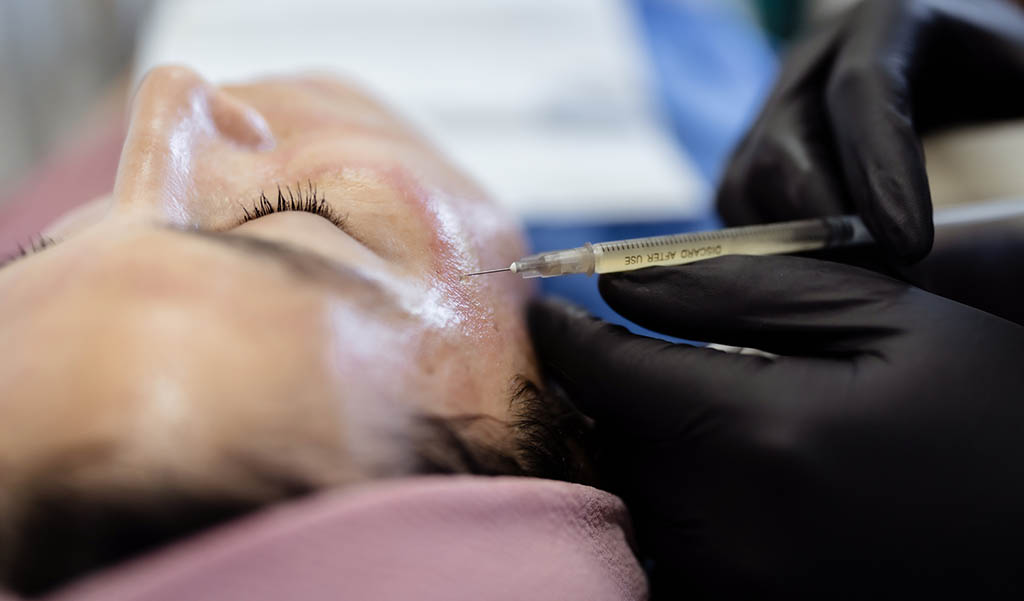
With the right acne scarring treatment, it’s possible to minimize the appearance of scars significantly. However, natural treatments or over-the-counter solutions might not provide the same results as professional procedures. Here are some professional acne scarring treatments recommended by skin experts:
- Microneedling: Microneedling is a procedure that involves using a small device with tiny needles to create micro-injuries in the skin. This stimulates collagen production and promotes skin regeneration, which helps to fill in depressed acne scars and smooth uneven texture. The treatment is relatively quick, requires minimal recovery time, and is suitable for most skin types.
- Laser Treatments: Laser treatments like fractional CO2 and Fraxel target the deeper layers of the skin to break down scar tissue. These lasers also stimulate collagen production, helping to improve skin texture and reduce scarring. Laser resurfacing is particularly effective for deeper acne scars and works on both raised and indented scars.
- Dermal Fillers: Dermal fillers are injectable treatments used to plump up areas of the skin affected by deep acne scars. The filler material, often made from hyaluronic acid, helps to lift and smooth depressed scars. Fillers provide immediate results and can last for several months, depending on the type used.
- Subcision: Subcision is a technique where a needle is inserted under the skin to break up the scar tissue that is pulling the skin down, causing indentations. This treatment is particularly effective for rolling scars and is often combined with microneedling or laser treatments to enhance results.
- Platelet-Rich Plasma (PRP) Therapy: PRP therapy uses the patient’s own blood, which is processed to concentrate platelets that promote healing and tissue regeneration. The PRP is injected into areas with acne scars to stimulate collagen production and accelerate healing. PRP therapy is particularly effective for improving the overall texture and tone of the skin.
What Is Post-Acne Hyperpigmentation?
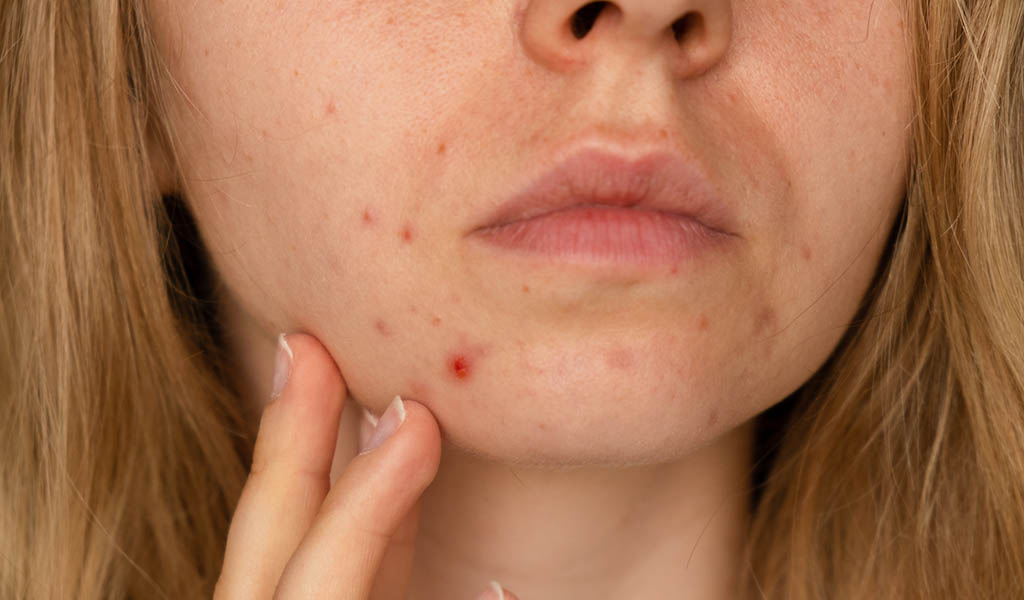
Post-acne hyperpigmentation (PIH) refers to the dark spots or discoloration that remain on the skin after an acne lesion has healed. Unlike acne scars, which involve permanent changes to the skin’s texture, hyperpigmentation is a result of excess melanin production, which darkens the skin in the affected area.
When the skin becomes inflamed due to acne, it triggers a healing response that often leads to an overproduction of melanin, leaving behind dark marks that can be challenging to treat.
How Long Does Post-Acne Hyperpigmentation Last?
Post-acne hyperpigmentation typically takes between 2 to 6 months to fade, but the exact duration depends on the depth of the pigmentation and your skin’s ability to heal. Lighter, less severe spots may resolve more quickly, while darker or more stubborn patches can take longer to disappear.
It’s also important to note that direct sun exposure can worsen hyperpigmentation, causing the dark spots to become darker and more persistent. Always apply sunscreen daily, even on cloudy days, to protect your skin and prevent further pigmentation.
How To Get Rid Of Post-Acne Hyperpigmentation?
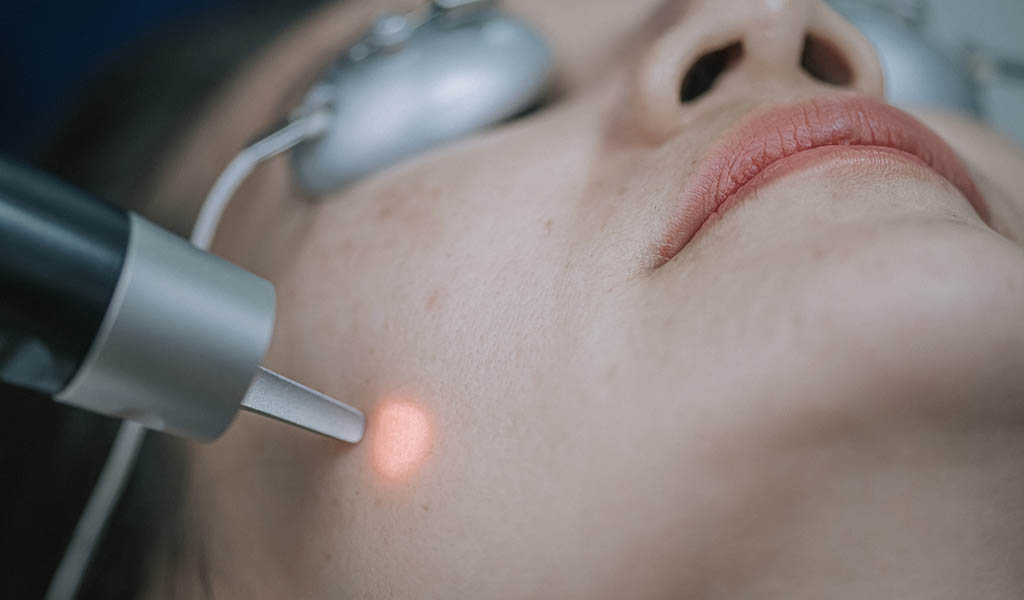
While dealing with post-acne hyperpigmentation can be challenging, it is possible to fade discoloration and even out skin tone with the right treatments. Here are a few effective treatments to help you achieve smoother skin:
- Topical Brightening Treatments: For patients seeking a more gradual approach, professional-grade topical treatments can help reduce hyperpigmentation over time. Hydroquinone, retinoids, and vitamin C are among the most commonly used ingredients in these products, as they help to lighten dark spots and brighten the complexion. Dermatologists often prescribe higher-potency formulas that are more effective than over-the-counter versions.
- HydraFacial with Brightening Boost: A HydraFacial is a gentle, non-invasive facial that uses a combination of exfoliation, extraction, and hydration to improve skin health. The brightening boost added during the treatment targets hyperpigmentation, using ingredients like vitamin C to lighten dark spots and promote an even skin tone. It’s a great option for those who want to treat hyperpigmentation without the downtime associated with more aggressive treatments.
- Chemical Peels: Chemical peels are one of the most effective treatments for hyperpigmentation. A chemical solution is applied to the skin, exfoliating the surface and removing damaged outer layers. This process promotes the regeneration of fresh, healthy skin and helps to fade dark spots. The Vi Peel is a great option for treating hyperpigmentation, as it targets both pigmentation and skin rejuvenation, offering faster, visible results with minimal downtime.
- Intense Pulsed Light (IPL) Therapy: Intense Pulsed Light (IPL) therapy utilizes broad-spectrum light to target and break down pigment in the skin. The light energy is absorbed by dark spots, causing them to break down and fade over time. The Nordlys Ellipse IPL system enhances this process with Selective Waveband Technology (SWT), delivering precise wavelengths that minimize unnecessary heat and improve skin protection. This makes it highly effective for treating various types of hyperpigmentation, including sunspots and post-acne marks.
Receive Specialized Treatment for Both Acne Scarring & Post-Acne Hyperpigmentation
Whether you’re struggling with severe acne scarring or stubborn post-acne hyperpigmentation, our professional skin treatments at Alinea Medical Spa are designed to target and reduce these concerns for clearer skin.Our experienced skin experts will thoroughly assess your skin concerns and create a personalized treatment plan to help you fade dark spots and improve skin texture. Fill out our online form and schedule a free consultation.

